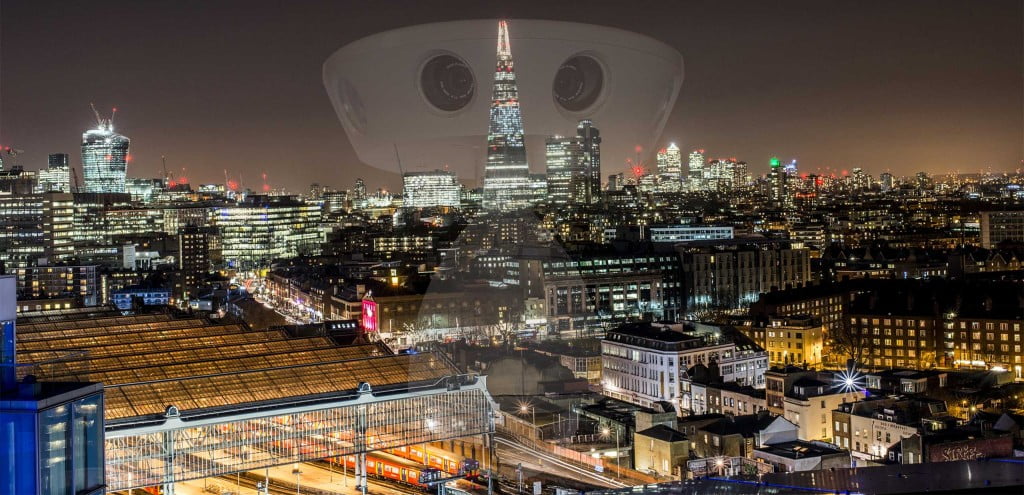SAFE CITY INITIATIVE (INDIA PERSPECTIVE)
Public safety has emerged as an important and priority function for all governments across the world after the 26/11 Mumbai terror attack. It is also the constitutional duty and function of the state or Governments to ensure the safety of its citizens, organisations, and institutions against terror threats to their wellbeing as well as the traditional functions to maintain law and order. India is no different and government of INDIA also realized and working in the similar directions after the similar shock of 26/11 Mumbai terror attack which was similar to US 9/11 which has disturbed and torn the fabric of social safety and security in India and forced Individual organisation state and central government.
Learn More »
Learn More »
BUILDING URBAN SAFETY THROUGH REDUCTION OF VULNERABILITY:
- The UN Safe City Programme defines vulnerability as the probability of an individual, a household or a community falling below a minimum level of welfare (e.g. poverty line) or the probability of suffering physical and socio-economic consequences (homeless or physical injury) as a result of risky events and processes (as forced eviction, crime or flood). Paying special attention to urban vulnerabilities and violence shall reduce the probability of crime and ensure a secure and safe city environment
- Sustainable urbanization by emphasizing and focusing on inclusive and participatory urban planning, and local development practices, incorporates policy-making and strategy development. This, in turn, promotes institutional and organisational development, resource planning and management in order to enhance efficiency in governance. The New India Government also came to power and started functioning with “SABKA SAATH SABKA VIKAS” means “GROWTH FOR ALL WITH PARTICIPATION OF ALL”.
- Enhancing urban safety and social cohesion are issues of good urban governance. They intend to create a safe and secure city where safety is improved for its citizens and neighbourhood’s, where there is fearless interaction among people and groups irrespective of caste creed religion, race and faith. These are prudent aspects of constitutional requirement as a secular country and preliminary steps towards good governance which create an enabling environment for the inhabitants of the city, allowing improved quality of life and fostering economic growth of Individual, organisation, and country as a whole.
- Viseum CCTV Concept for Safe Cities First 5 Years’ programme + CCTV Design and ...
Learn More »
- Viseum UK’s Safe City Security Initiative Revealing how unsafe we are Viseum produces a ...
Learn More »
Safe City (India’s perspective)
The Constitution of India enjoins and gives right and responsibilities the Union government to protect every individual citizen, and state against external hostility and internal disturbance or disorder in order to ensure that the governance of every state is carried out in accordance with the provisions of the Constitution. In pursuance of these obligations, the Ministry of Home Affairs (MHA) led by Home Minister which is almost second in command in a large country like India continuously assesses and monitors the internal security situation, issues appropriate advisories, shares intelligence inputs, extends manpower and financial support, offers guidance and expertise to the state governments for maintenance of security.
Though As per the Seventh Schedule to the Constitution of India, ‘policing’ and ‘public order’ are state subjects and, therefore, the state governments are primarily responsible for the prevention, registration, detection, and investigation of crime and prosecution of the perpetrators of crime within their jurisdiction. However, the MHA supplements the efforts of the state governments by providing them financial assistance for the modernization of the state police forces in terms of weaponry, communication, equipment, mobility, training and other infrastructure. The MHA from time to time introduces key initiatives to ensure that the states and the state security agencies are equipped with the latest state-of-the-art technologies and systems to ward of any security threat to its citizens.
MODERNIZATION OF STATE POLICE FORCES (MPF)
The MHA is assisting the state governments for planning and implementation of modernizing its state police forces. Under this scheme, assistance is being provided for the procurement of state-of-the-art modern latest equipment such as CCTV cameras for surveillance, radio tetra sets for communication, forensic laboratories, weaponry, vehicles, computerization, and training infrastructure. Under the MPF scheme, all the northeastern states are eligible to receive 100% central assistance of their approved annual plan for modernizing the state police force based on need, demand, and approval by competent authorities as per laid down procedure.
SAFE CITY AND MEGA CITY POLICING PLANS INDIA
Megacity or Safe City policing plan and the megacity policing plan though was introduced by the government under the MPF scheme in 2005 but the same is still under implementation stage and now picked up the pace with an allocation of 57 million USD. By 2010, it had achieved considerable maturity as the system was used for ensuring the successful and event-free Commonwealth Games in Delhi. The MHA has provided further impetus to the megacity policing programme by allocating 72 million USD for the period 2013-17. The state governments are the primary drivers for city surveillance initiatives. They are also responsible for overall funding. However, they can request funds from the MHA as needed. The state government funds and Safe City funds can be pooled in from city municipalities, state governments, and MP/MLA funds. The funds will be used to procure modern state of art equipment’s: • CCTV cameras , systems, perimeter security systems, network equipment • Data servers for central command control center’s, video management system and DVRs • Cyber patrol and communication monitoring system • Integrated GIS-based automated vehicle tracking and management system or any other technologies like Adaptive traffic Management system, ANPR (Automated Number Plate Recognition) Face recognition system, ITMS (Intelligent Traffic and Transport Management System), Highway Patrolling system, Speed Recognition System are few to name where SAFE CITY, STATE GOVERNMENT is working continuously with Central or Union government in India.
Elements of Safe City (Integrated city surveillance)
India’s vibrant and world’s largest democracy and unity in diversity concept, rich cultural values, ethos and healthy amalgamation of the socio-economic and cultural diversity is reflected in its cities as well. The goal is an integrated surveillance system which makes cities safe and provides a secure environment for development and growth. Schools, colleges, educational institutions, technical and infrastructural resources such as the Airports, Railway Stations, Metro Rails, Power Plants, Water and Wastewater infrastructure facilities, Refineries Steel Plants Roads, Highways, Expressways, (including heritage and cultural buildings), and most importantly, its citizens are the source of a city’s energy. There is a growing recognition of the interconnectivity and the interaction between factors that spark and drive crises and the ecosystem of security management that handles these factors. Furthermore, there is greater focus on the high economic and social costs because of the lack of a robust security management methodology hence the need for state-of-the-art CCTV, Surveillance Hardware, Software similar to the world’s best technology products of The VISEUM UK GROUP produced and developed in LONDON UK keeping in mind world’s Best Police SCOTLAND YARD police known for its alertness and quick response time in world is the need of the hour in India as well. There are four entities that collectively form a part of a safe public safety and security workflow as defined below:
DETECTION AND INTEGRATION
- CCTV CAMERA.
- ANPR (AUTOMATED NUMBER PLATE RECOGNITION).
- GUNSHOT DETECTION.
ANALYSIS (REAL TIME ALARMS)
- ANALYSIS AND INDEX.
- SEARCHABLE VIDEOS.
- EVENT SEARCH.
- PATTERN ANALYSIS.
DECISION (COORDINATION CENTER)
- DASHBOARDS.
- COMMAND AND CONTROL CENTER.
- INCIDENT MANAGEMENT.
- INVESTIGATIVE ANALYSIS.
ACTION (FIRST RESPONDERS)
- ON GROUND ACTION.
- POLICE OR MEDICAL.
- RIOT CONTROL.
- BOMB DISPOSAL.
 AI Situational Awareness Video Monitoring Software
AI Situational Awareness Video Monitoring Software 




